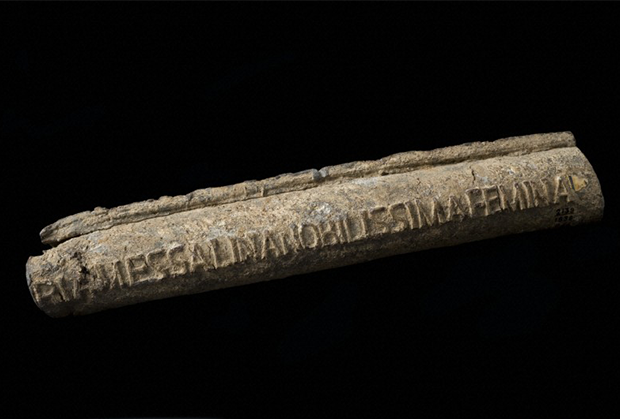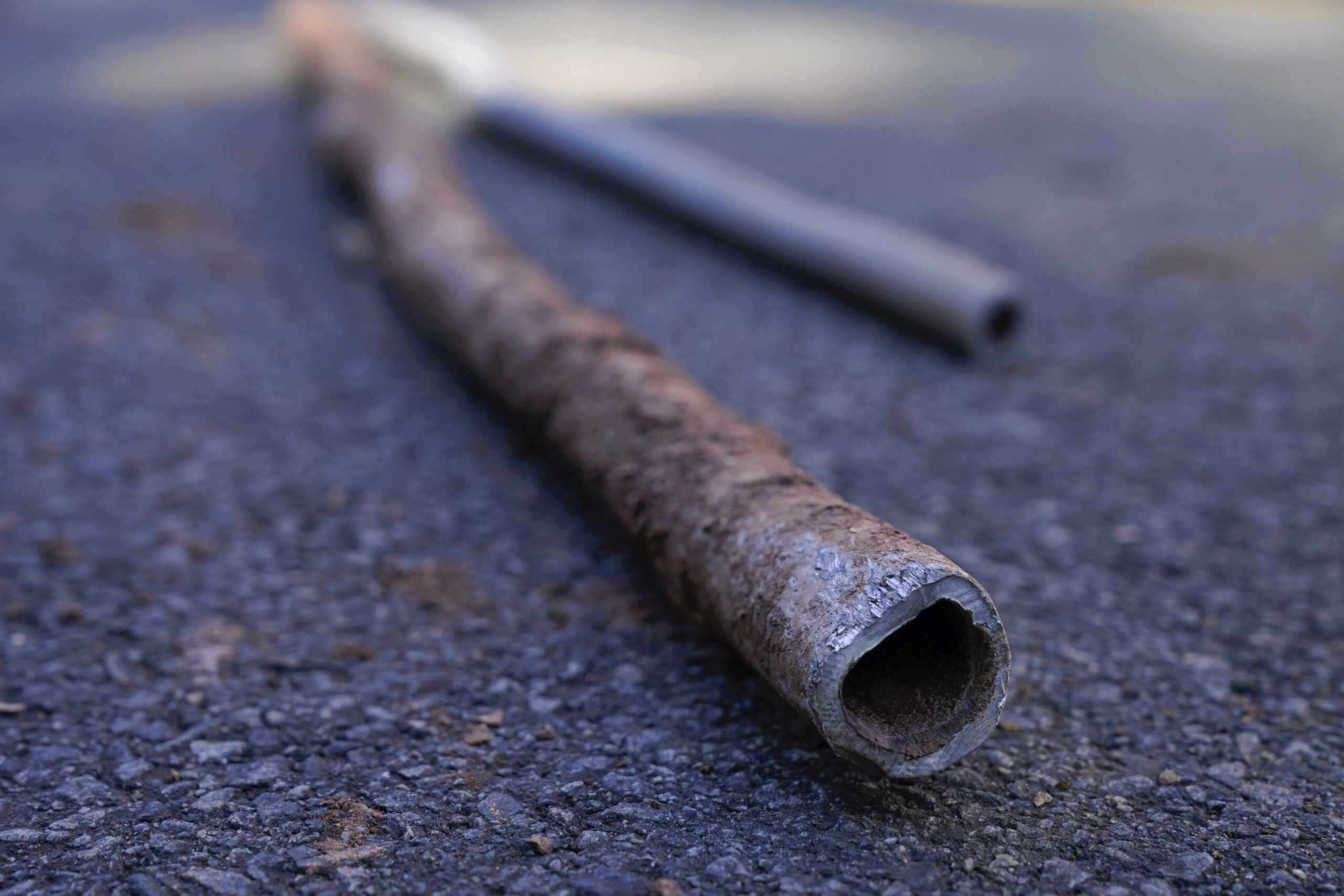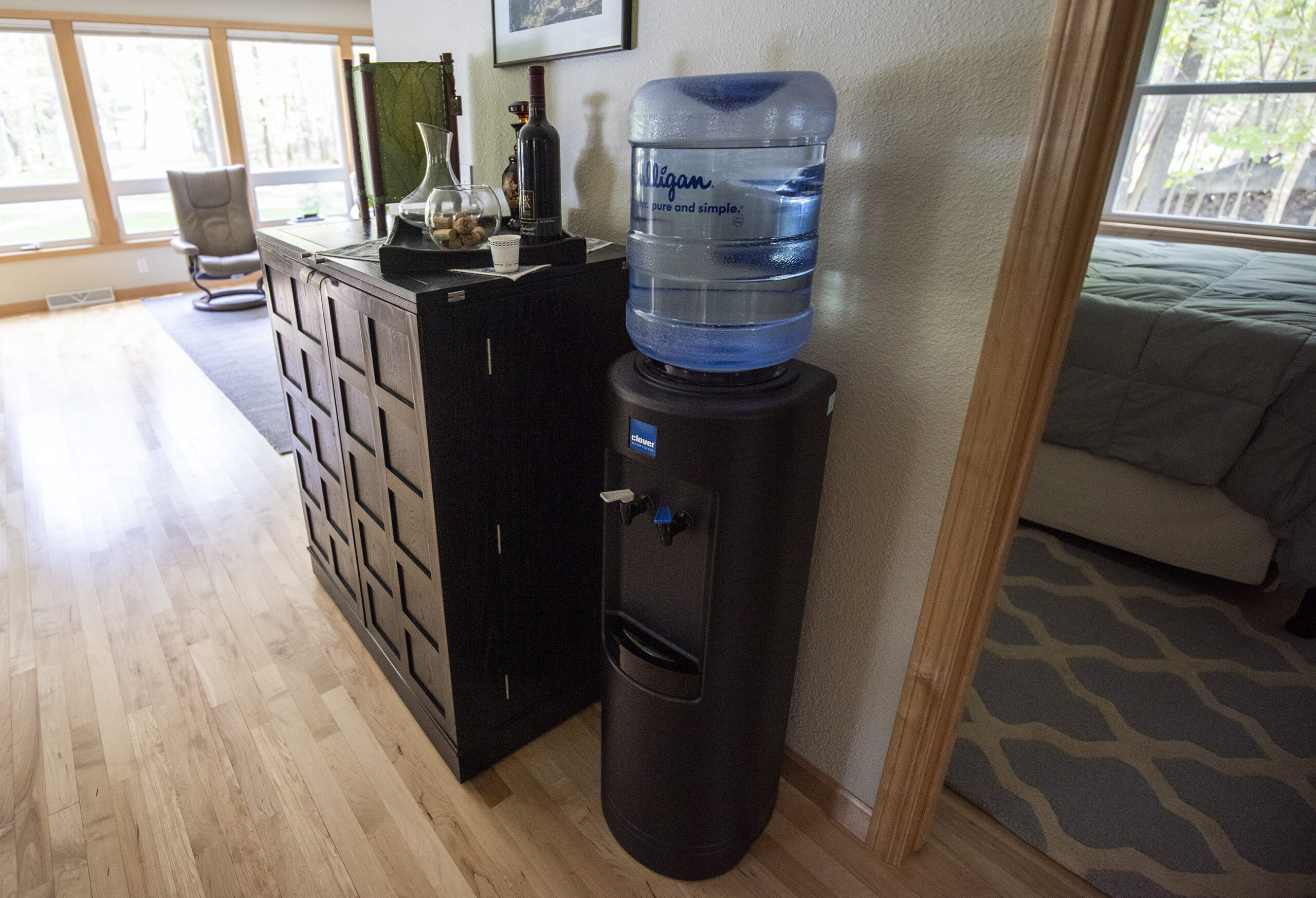The term “corrosion” has leached its way into public discussion about drinking water over recent weeks, thanks largely to the roiling water crisis in Flint, Michigan. After that city’s state-appointed emergency manager switched its source of drinking water, residents ended up drinking and cooking with water contaminated by extraordinarily high levels of lead. Now children in Flint are suffering from lead poisoning that will cause lifelong damage to their mental and physical development.
The city’s water utility set the stage for this crisis in April 2014, when it stopped buying water from Detroit’s utility and began getting water from the nearby Flint River. Detroit’s water was treated to make it less corrosive. The Flint River water wasn’t.
But why exactly does this distinction matter, and how does “corrosive” water contribute to lead poisoning?
News with a little more humanity
WPR’s “Wisconsin Today” newsletter keeps you connected to the state you love without feeling overwhelmed. No paywall. No agenda. No corporate filter.
In chemistry terms, a substance that is more corrosive has a greater tendency to react with (and damage) other substances, primarily by virtue of having a very low or high pH. Various chemicals in drinking water — some naturally occurring and some by-products of treatment processes like chlorination — increase the water’s reactivity with metals used for piping, including lead, iron, and copper. By various chemical reactions, these substances bond to the metals and dissolve them. This process draws small but potentially dangerous amounts of the metal into the water stream.
Utilities commonly try to control corrosion by manipulating the pH level of water, or by adding phosphates that coat the inside of water pipes, forming a chemical barrier between the water and the metals. How well these treatments work depends heavily on the specific water chemistry. A phosphate treatment that succeeds in one water system could fail or even end up increasing corrosiveness in another.
In the case of Flint, independent researchers from Virginia Tech found that high levels of chloride made the water more reactive to iron and lead. Chloride usually enters water in the form of salts. As Marc Edwards, Virginia Tech civil and environmental engineering professor, told The Guardian in January, much of the chlorides in Flint’s water came from road salt, in addition to chloride the city added to the water as a disinfection treatment.
The U.S. Environmental Protection Agency’s drinking water regulations have some requirements to control lead, copper and several other contaminants, and offer non-binding guidance on iron and other substances in its secondary drinking water standards. The EPA’s reasoning for having two levels of standards is that chemicals regulated in the primary regulations are dangerous to human health while those in the secondary class are more of a “nuisance,” causing discolored, bad-tasting, bad-smelling, and/or fixture-damaging water.
In fact, corrosiveness on its own falls under those secondary standards. Corrosive water alone isn’t necessarily dangerous — absent dangerous metals for it to dissolve, a glass of corrosive water could in theory be safe to drink. And only when corrosiveness elevates lead or copper levels do regulators intervene with a utility’s corrosion control practices.
Put another way, the opposite of “corrosive” isn’t necessarily “clean.” The opposite of “corrosive” is “stable.” No corrosion control scheme is guaranteed to keep all dangerous metals out of drinking water, but the principle of a successful one is to leave those metals where they are.
This report was produced in a partnership between Wisconsin Public Radio, PBS Wisconsin and the University of Wisconsin Cooperative Extension. @ Copyright 2025, Board of Regents of the University of Wisconsin System and Wisconsin Educational Communications Board.







